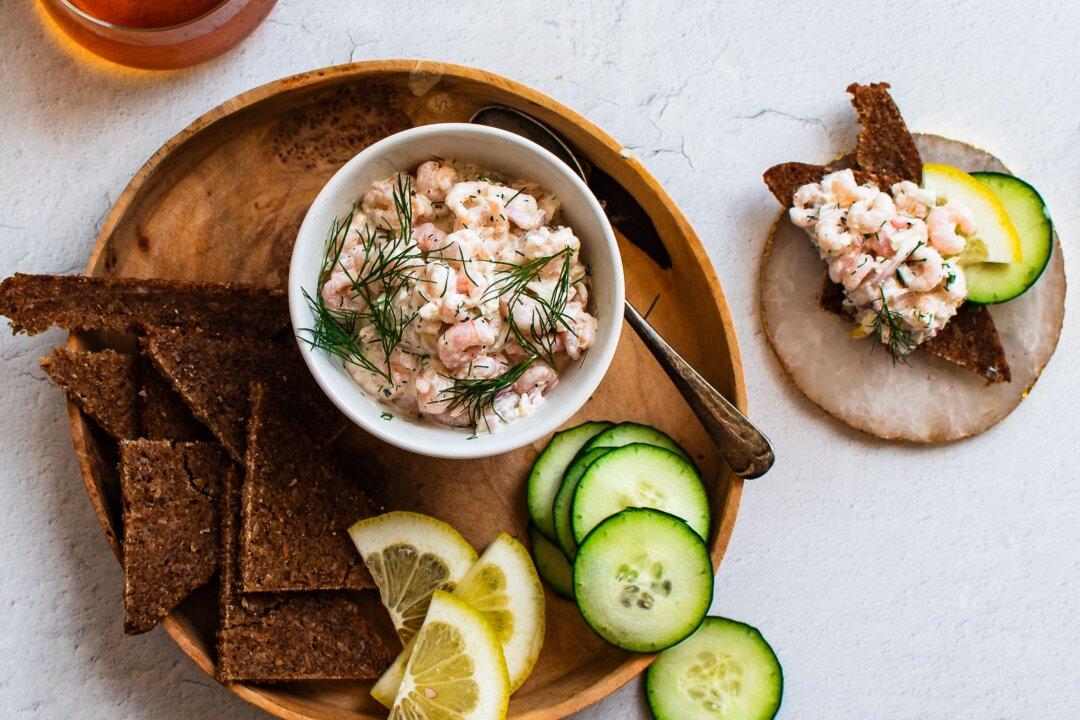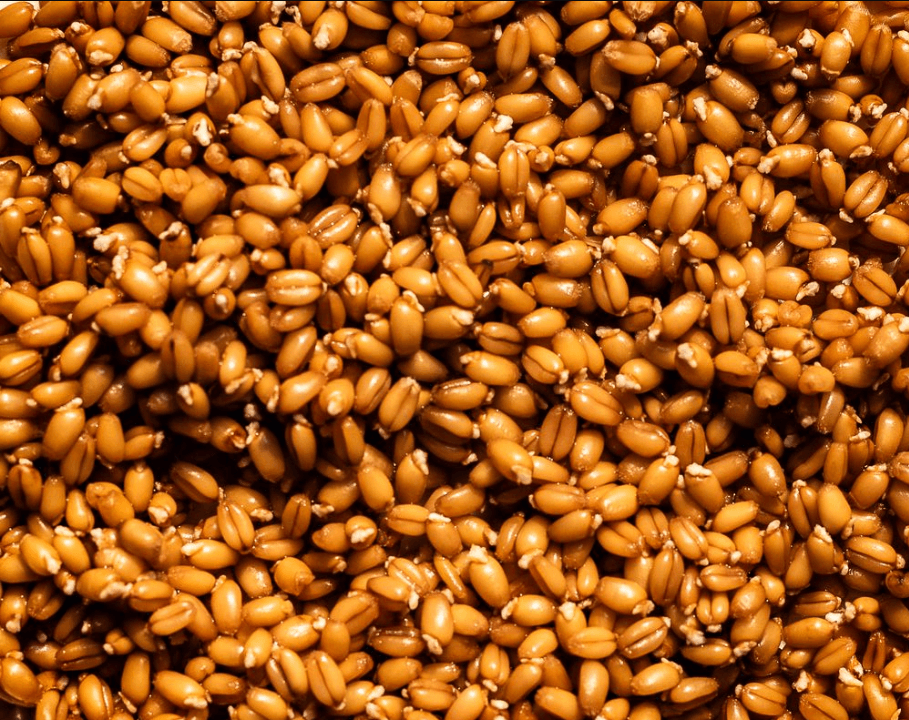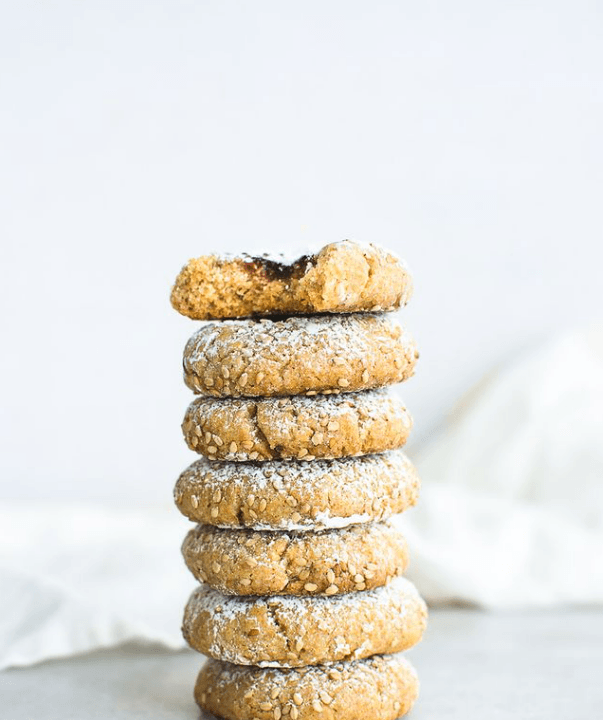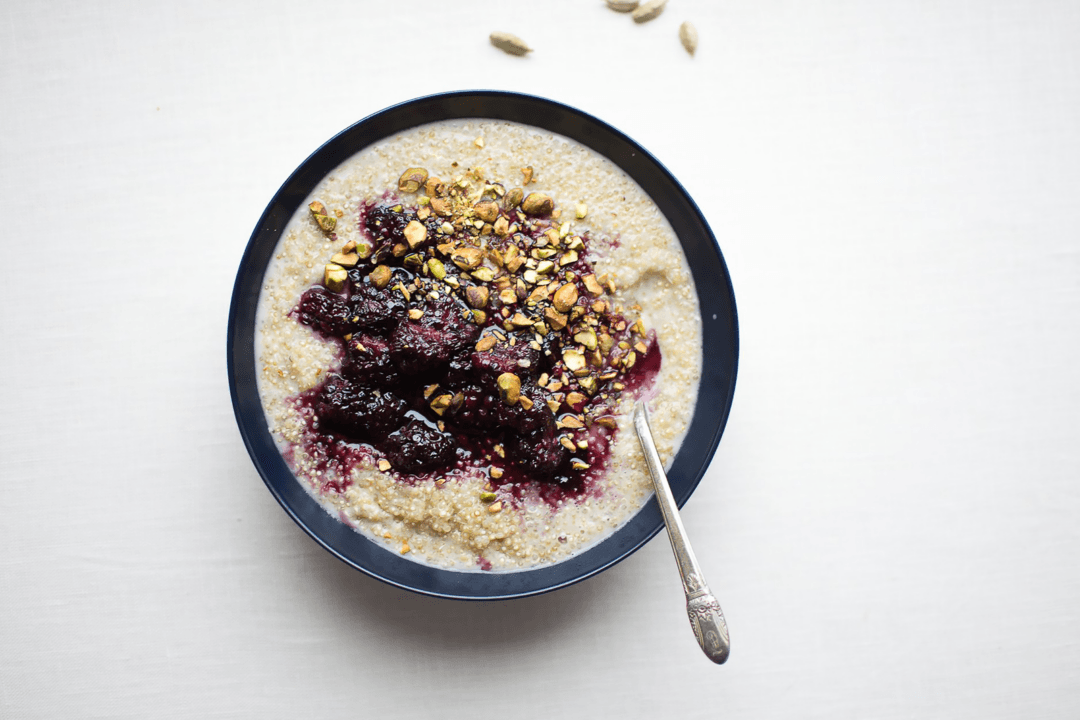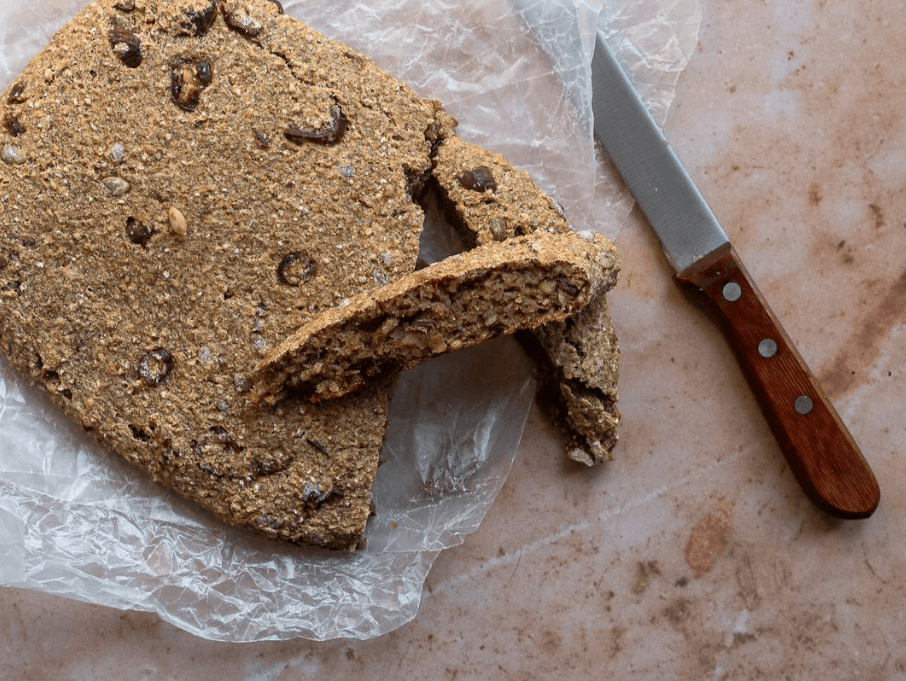The summer solstice marks the longest day of the year. It reminds us that winter’s cold and spring’s rain have passed. It’s a time to celebrate sunlight and nature, and no one does it better than Nordic countries. Their long, near-arctic winters allow for only a few short hours of daylight. When June arrives, the days stretch from the early morning until nearly midnight. After such a long, dark winter, all that light is worth celebrating.
Midsummer celebrations are rooted in pre-Christian folk traditions. Historically, it was a time to honor the sun, the source of all life, and to ensure good harvests for the coming year. Bonfires, maypoles, and flowers are integral to the festivities, symbolizing the warmth and beauty of summer. As Nordic peoples adopted Christianity, midsummer became associated with John the Baptist. In some areas, it’s also called St. John’s Day.

